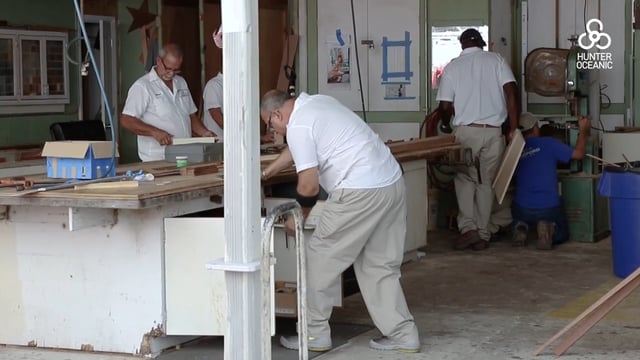Seahub is the latest yacht maintenance software to hit the market and has arrived with a splash with the successful launch of an 88m Feadship earlier this year.
Seahub’s developers know first hand the challenges that are presented to today’s Engineers, ETO’s and Captains. Over a decade of combined experience has allowed the Australian duo to form a strong understanding of the complexities currently facing the industry. Challenges relating the sharing of critical equipment information, a lack of maintenance tracking and inefficiencies with a combination approach to record keeping (print and digital) result in what is often left in the ‘too hard basket’.
Crew turnover is inevitable and a significant administrative and logistical hurdle for the global superyacht industry. Handovers are a particularly important process for the engineering department. “Handovers are never guaranteed, however, if an engineer is fortunate enough to have one, the process is made much similar if a thorough digital record of completed maintenance has been kept and all onboard processes have been documented,” says Director, Sam Wheaton.
Central to Seahub’s development has been to drive to create a minimally accepted standard for record keeping. The creators of Seahub felt the industry was experiencing an unnecessary additional burden during handover phases due to non-existent or inaccurate record keeping. “By giving the people who make up our industry a user-friendly and intuitive management tool, we hope to bridge the gap between arriving on a new program, and understanding that program at a high level,” says Director, Matt Hyde.
Technological advancements with VSAT and onboard Wi-Fi systems have driven an ever-increasing mobile workforce. Today Engineers are able to able to monitor an engine room from thousands of miles away via integrated monitoring systems. It was the vision Seahub’s creators to develop a platform that delivered all the fundamental functionality required from a planned maintenance system (PMS) but replicated this remote control in relation to onboard maintenance, project management and inventory control. Seahub opted for a cloud-based design, which delivers access for multiple users across multiple devices all in real time. “Laptops and iPads now have become as powerful as ships PC’s, so it was a logical move to enable those devices to access a yachts maintenance software,” says Wheaton.
Unique to Seahub is its Fluid Analysis module that takes the raw data generated during the fluid sampling process and storesaying historical data against current results, users are able to identify irregularities with the aim of catching them before they result in equipment failure.
Seahub is another way participants in the yachting industry can further use technology to improve the way we manage and operate these highly technical vessels. For more information on the platform or for the chance to demo it, contact www.seahub.com.au or email info@hunteroceanic.com.au


You actually make it appear so easy together with your presentation but I find this topic to be really something that I believe I might by no means understand.
It kind of feels too complicated and extremely vast for me.
I am taking a look ahead on your subsequent publish, I will try to get
the hold of it!